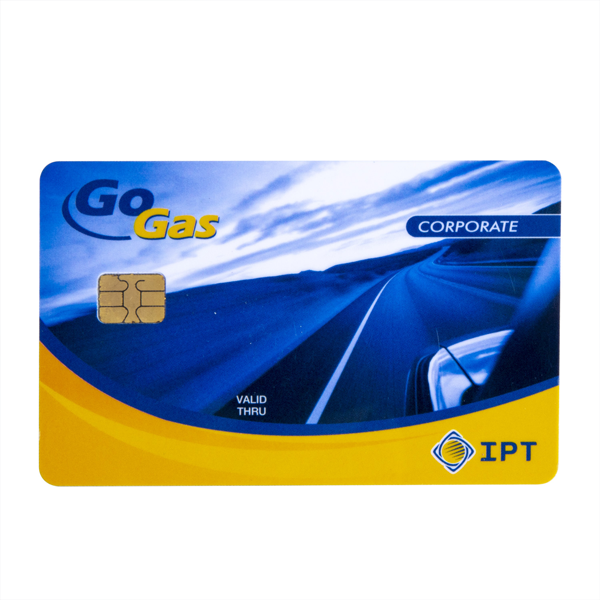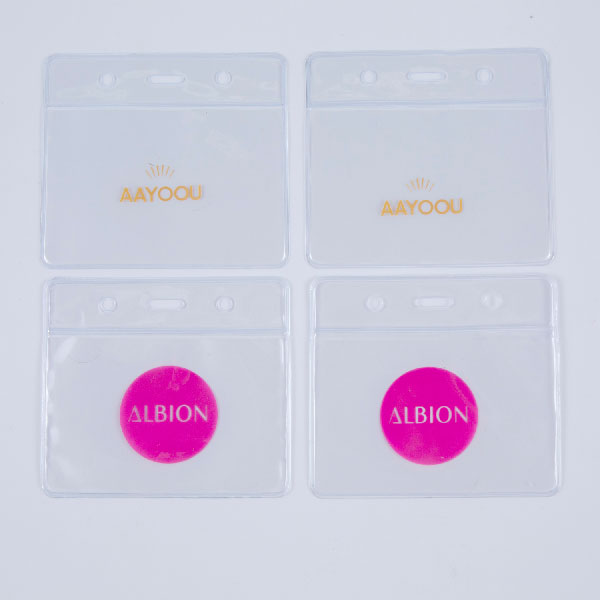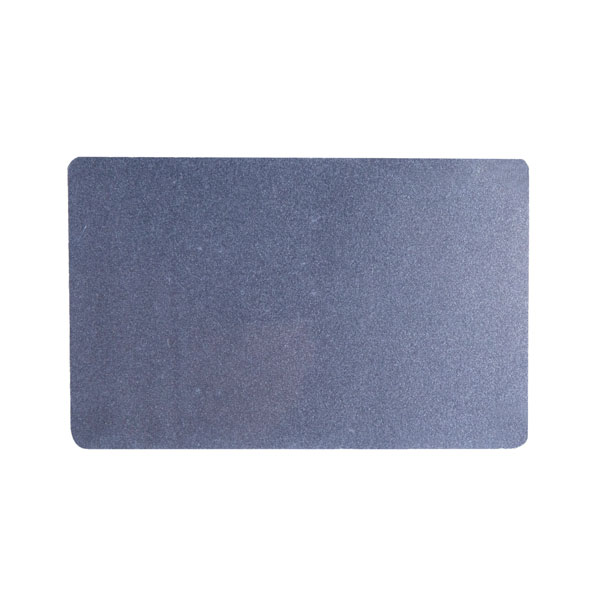1. What is an RFID Tag?
RFID tags are also called radio frequency tags, transponders, and data carriers. RFID readers are also called reading devices, scanners, reading heads, communicators, and readers (depending on whether the electronic tags can rewrite data wirelessly).
The basic working principle of the RFID tag is as follows: After the RFID tag enters the magnetic field, it receives the radio frequency signal from the reader, and uses the energy obtained by the induced current to send out the product information stored in the chip, or actively send a signal of a certain frequency; After the reader reads and decodes the information, it is sent to the management information system for relevant data processing.
2. Types of RFID Tags
Reading and writing unit and electronic label. The reader sends electromagnetic pulses through the antenna, and the electronic tag receives these pulses and sends the stored information to the reader as a response.
In fact, this is the non-contact read, write or delete processing of the data in the memory. The electronic RFID tag contains an RFID radio frequency processing circuit and an ultra-thin antenna loop. The antenna is embedded in the tag together with a plastic sheet. The most common tag is usually the size of a credit card. Custom RFID tags can also be designed in different shapes and sizes according to different application requirements.
Compared with other ID technologies such as barcodes or magnetic strips, the advantage of applications of RFID technology lies in the wireless connection between the reader and the transceiver: the read-write unit does not require visual contact with the transceiver, so it can be fully integrated into the product.
3. Applicable Environment of RFID Tags
RFID tags are suitable for harsh environments, for example RFID laundry tag. The transceiver is not sensitive to humidity, dirt and mechanical influences, and has very high reliability and fast data acquisition capabilities. The RFID tag and the RFID reader/writer realize the spatial coupling of the radio frequency signal through the coupling element; in the coupling channel, according to the time sequence relationship, the energy transfer and data exchange are realized.
The RFID tag is open to be accessed. When it enters the electromagnetic field signal coverage of the reader, it receives the radio frequency signal sent by the reader, and receives the reader according to the principle of inductive coupling or electromagnetic backscatter coupling. After the electromagnetic signal with matching power, induced energy is generated and the received signal is analyzed, the internal processor (microelectronic chip) of the RFID tag uses the internally generated current to return specific response information and exchange data with the reader.
The reader/writer receives and decodes the RFID tag response information, and sends it to the back-end database server for tag identity authentication and related data processing.
 How to Choose UHF RFID Labels in the Project?
How to Choose UHF RFID Labels in the Project? What Are the Types of RFID Tags?
What Are the Types of RFID Tags? Small Wristband Solved the Big Medical Problem
Small Wristband Solved the Big Medical Problem The Brief Introduction of the RFID Wristbands
The Brief Introduction of the RFID Wristbands What are the Classifications of RFID cards?
What are the Classifications of RFID cards? Industrial Intelligent Manufacturing Production Line Uses RFID Tags to Realize Production Visualization Management
Industrial Intelligent Manufacturing Production Line Uses RFID Tags to Realize Production Visualization Management



